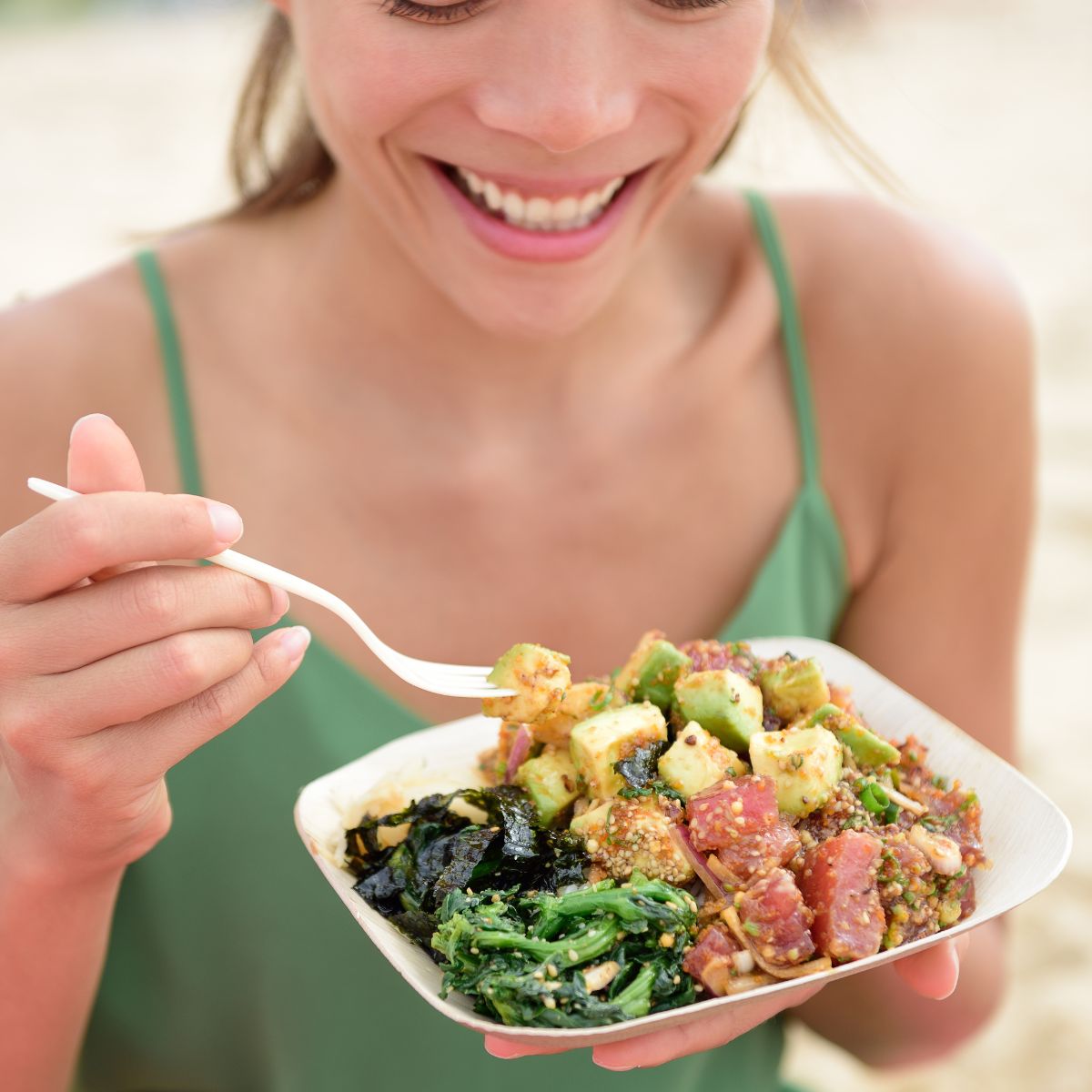Savouring the Flavors: Food in Cayman
Food in Cayman is a reflection of its history, with indigenous ingredients blending seamlessly with colonial influences. The culinary heritage is a harmonious dance of flavors that has evolved over centuries. From indigenous dishes to those inspired by British, African, and Jamaican traditions, Caymanian cuisine is a celebration of diversity.
Must-Try Traditional Dishes:
Cayman’s Jerk Chicken and Seafood:
One cannot delve into Caymanian cuisine without savoring the tantalizing flavors of jerk chicken and seafood. The unique blend of spices and seasonings creates a symphony of taste that captures the essence of the islands. Head to Hurley’s grocery store in Grand Cayman, where you’ll find a well-stocked meat and seafood department, offering the freshest ingredients for your culinary creations. Red snapper is a favorite on the Island, and on Tuesdays, you’ll find stuffed snapper at the Hurley’s Rotisserie station, served with rice and beans for an authentic Caymanian seafood experience.

Conch Specialties:
A true Caribbean delicacy, conch takes center stage in Caymanian cuisine. Hurley’s is your go-to destination for fresh conch, where you can indulge in conch fritters, ceviche, and other local conch specialties. Conch is traditionally served in various ways:
Conch Salad:
Imagine a refreshing burst of flavors with a tropical twist – that’s what conch salad brings to the table. Freshly caught conch is finely diced and mixed with vibrant ingredients like tomatoes, onions, bell peppers, and a generous squeeze of lime juice. The result is a zesty and tangy concoction that captures the essence of the Caribbean.
Conch Fritters:
Crunchy on the outside, tender on the inside – conch fritters are a beloved snack in Caymanian cuisine. Chopped conch is mixed with a flavorful batter, typically consisting of flour, eggs, herbs, and spices. The mixture is then deep-fried to golden perfection, resulting in a savory treat with a delightful texture.
Conch Chowder:
For those seeking a heartier experience, conch chowder is a classic choice. A rich and savory soup, this dish features conch simmered to perfection alongside a medley of vegetables, herbs, and spices. The result is a warming bowl of comfort that showcases the versatility of this oceanic ingredient.
Cracked Conch:
For a more straightforward yet equally satisfying dish, cracked conch is a go-to choice. Tenderized conch meat is lightly breaded and then fried until golden brown. The result is a dish that perfectly balances the natural sweetness of conch with a crispy exterior.
Chef Nelly and his team at Hurley’s Good Eats have perfected all the mentioned Caymanian classics, so there’s no need for you to cook; simply pick up and go for an easy Caymanian food experience.
Local Breakfast Delights:
Start your day with a taste of Caymanian mornings. Ackee and saltfish, a beloved breakfast staple, is a quintessential dish in Caribbean cuisine that offers a unique blend of flavors and textures. The akee, a fruit native to West Africa, has a mild, buttery taste with a subtle sweetness. When combined with salted codfish, which contributes a savory and slightly briny essence, the two elements create a harmonious balance. The dish is further elevated by the addition of aromatic spices and seasonings, resulting in a savory, hearty, and satisfying flavor profile that encapsulates the essence of Caribbean comfort food.
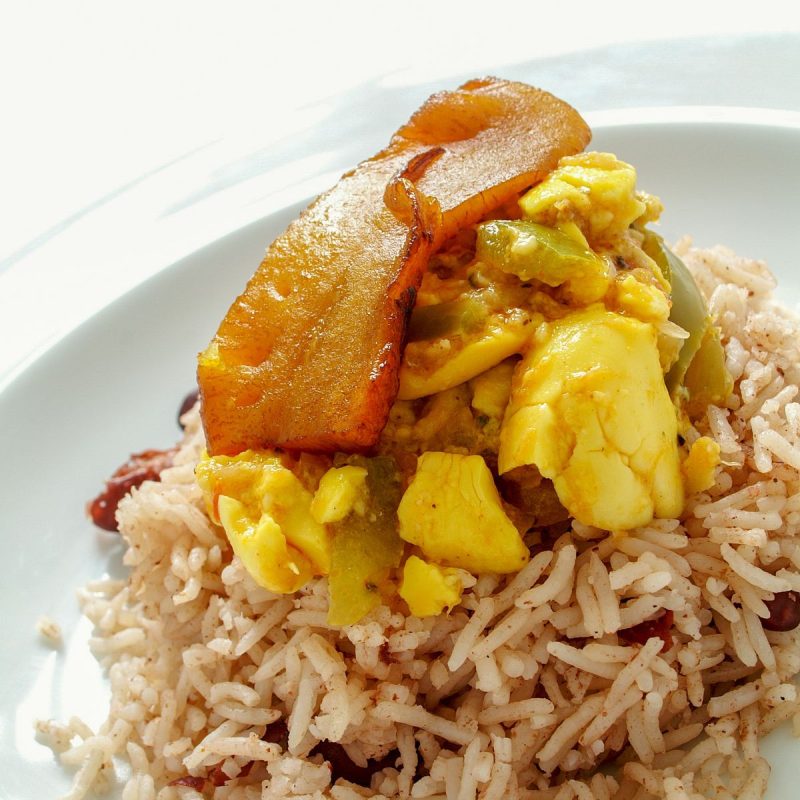
Farm-to-Table Experience in Cayman:
One of the defining aspects of Caymanian cuisine is its commitment to using fresh, local ingredients. Hurley’s grocery store takes this commitment seriously, offering a farm-to-table experience. The Cayman Islands, with their tropical climate and fertile soil, boast a rich tapestry of locally grown fruits and local vegetables that contribute to the vibrant culinary scene. As you stroll through Hurley’s grocery store in Grand Cayman, you’ll encounter a dazzling array of produce that reflects the region’s unique agricultural diversity. Let’s delve into the distinctive qualities of some of the standout fruits and vegetables cultivated in the Cayman Islands.
Breadfruit:
A staple in Caymanian cuisine, breadfruit is known for its starchy texture and versatile applications. With a mild, potato-like taste, this tropical fruit can be roasted, fried, boiled, or even mashed. Its adaptability makes it a go-to ingredient in both savory and sweet dishes, adding a distinct Caribbean touch to various recipes.
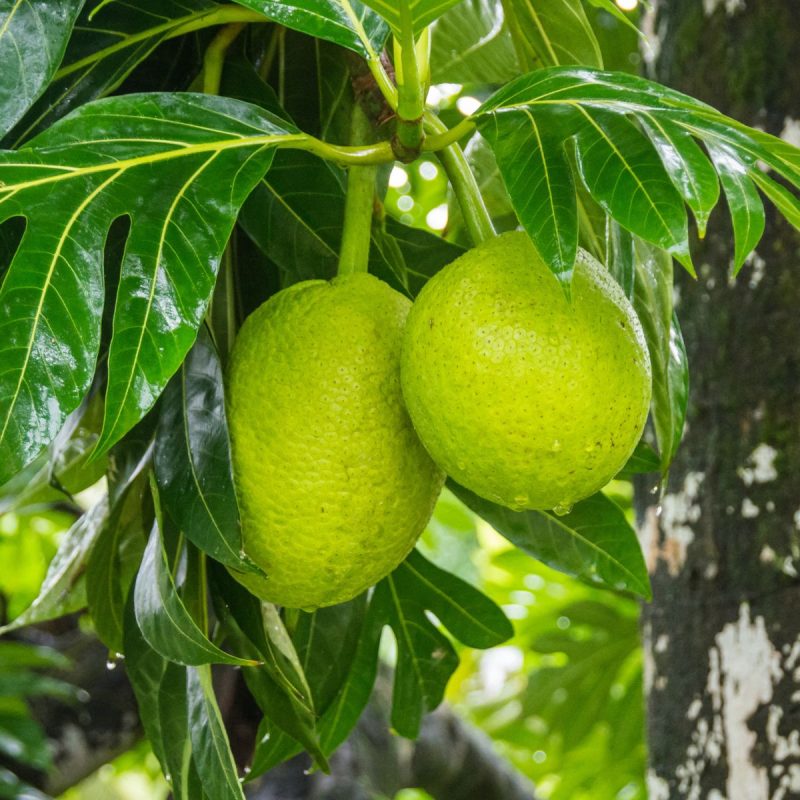
Cassava:
Cassava, a root vegetable widely grown in the Cayman Islands, is appreciated for its nutritional value and culinary versatility. Boasting a mildly nutty flavor, cassava is often used in both sweet and savory dishes. Whether fried into crispy cassava chips or incorporated into hearty stews, this root vegetable brings a unique taste and texture to local cuisine.
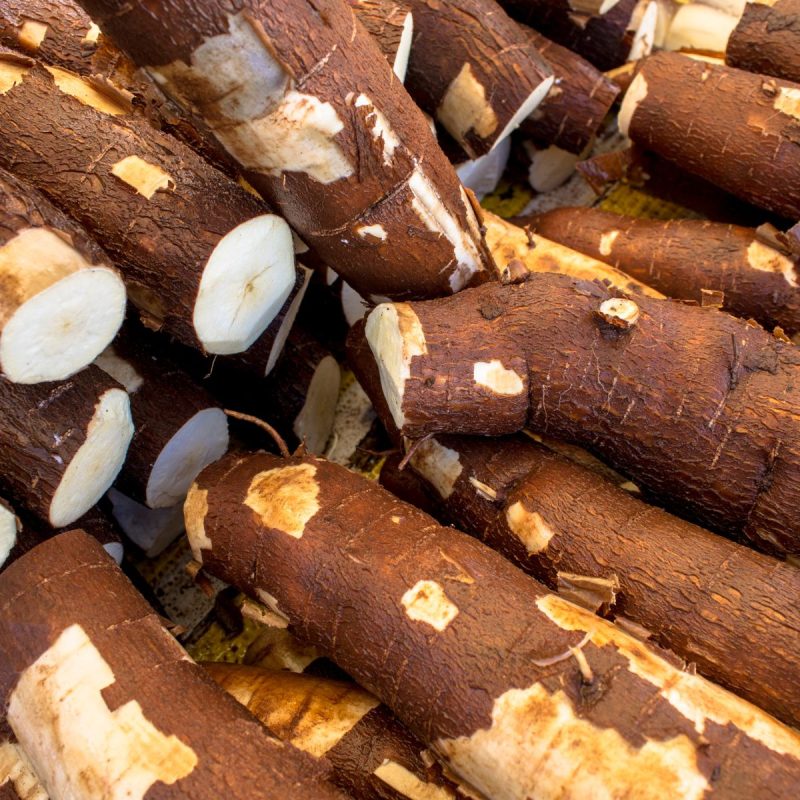
Mammee Apple:
With its rough exterior and vibrant orange flesh, the mammee apple is a visually striking fruit that captures the essence of tropical indulgence. The sweet and juicy pulp, reminiscent of a mix between apricots and peaches, makes it a delightful treat enjoyed fresh or incorporated into desserts and beverages.
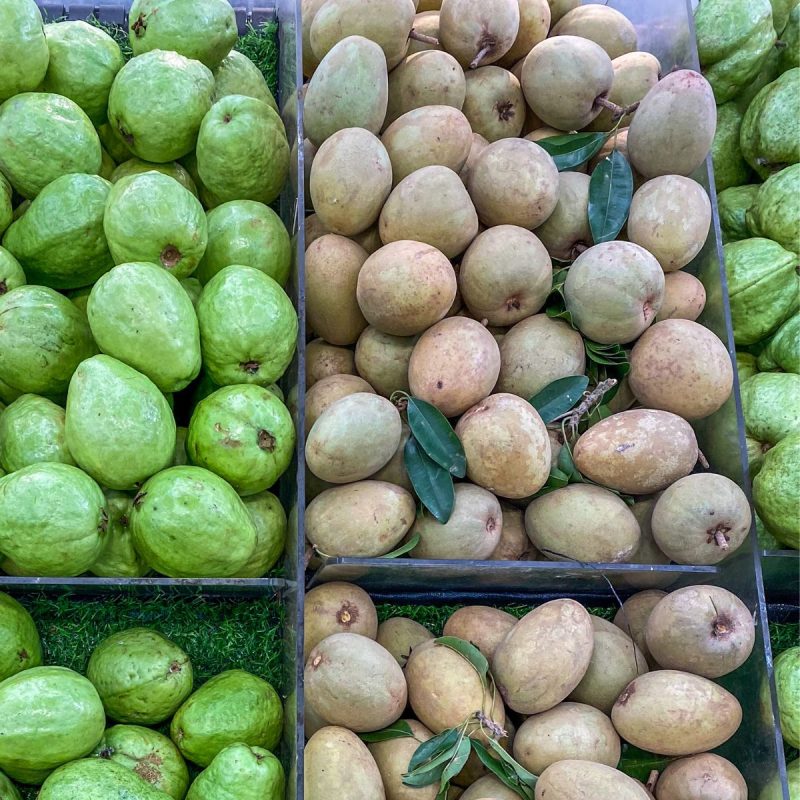
Plantains:
While similar in appearance to bananas, plantains are a distinct fruit widely used in Caymanian cooking. With a starchy consistency and a subtly sweet taste, plantains can be enjoyed at various stages of ripeness. Whether fried to golden perfection as a snack or side dish, or included in savory stews, plantains contribute a unique flavor and texture to local dishes.
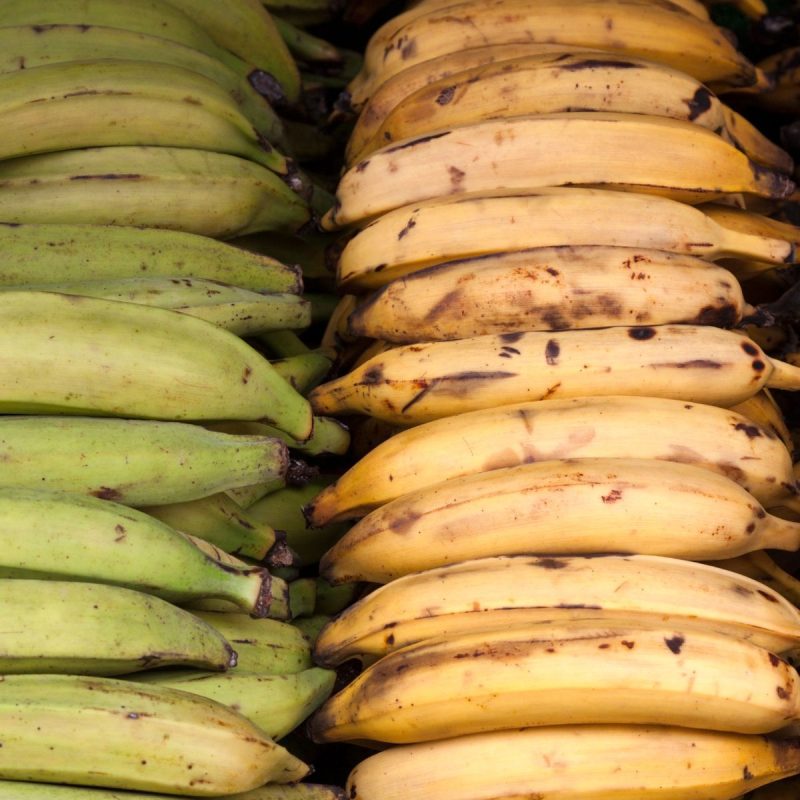
Scotch Bonnet Peppers:
For those seeking a fiery kick, Scotch Bonnet peppers are a hallmark of Caribbean spice. These small, brightly colored peppers are not only known for their intense heat but also for their fruity undertones. Used judiciously, they infuse dishes with a distinctive Caribbean piquancy, adding depth and character to local recipes.
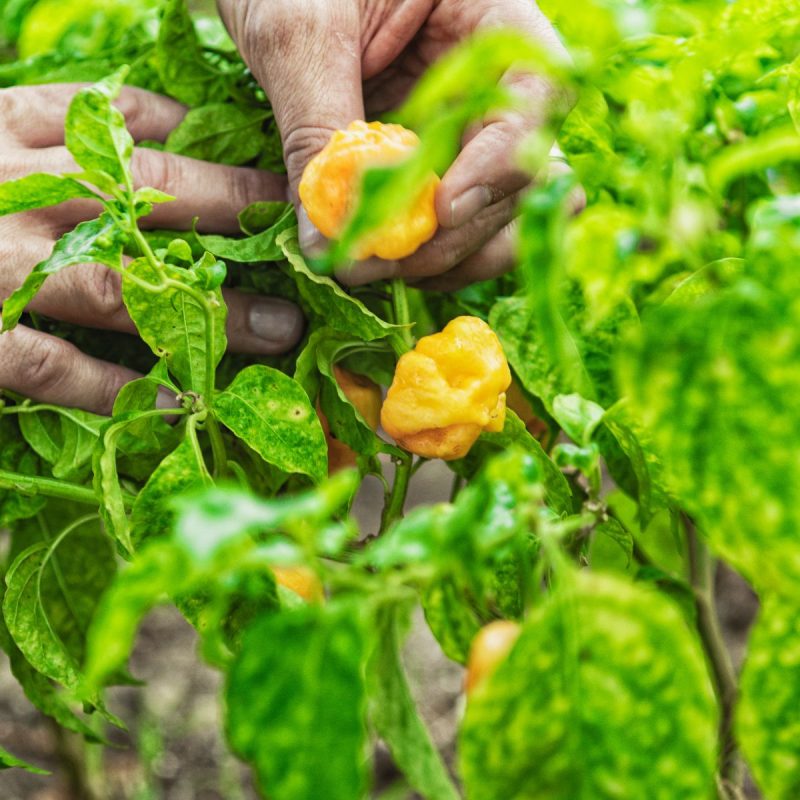
Callaloo:
A leafy green vegetable with a flavor profile reminiscent of spinach, callaloo is a nutritious and versatile component in Caymanian cuisine. Often used in soups, stews, and side dishes, callaloo imparts a mild earthiness to dishes while contributing essential vitamins and minerals.
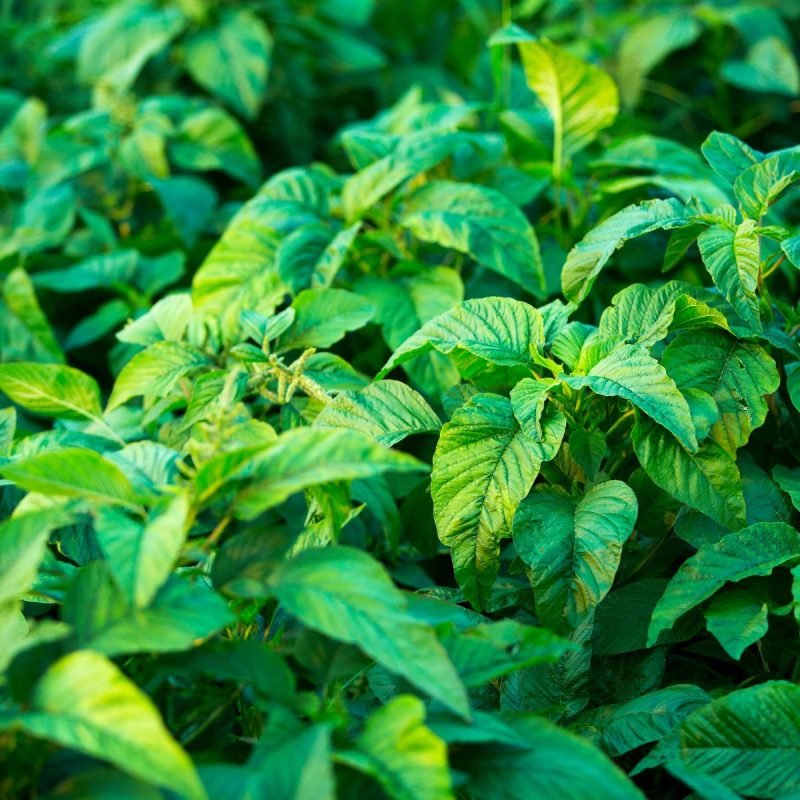
Local Mango Varieties:
The Cayman Islands boast a variety of mango cultivars, each with its own unique taste and texture. From the sweet and buttery Hayden mango to the slightly tangy East Indian mango, these local varieties offer a diverse spectrum of flavors that elevate both sweet and savory dishes.
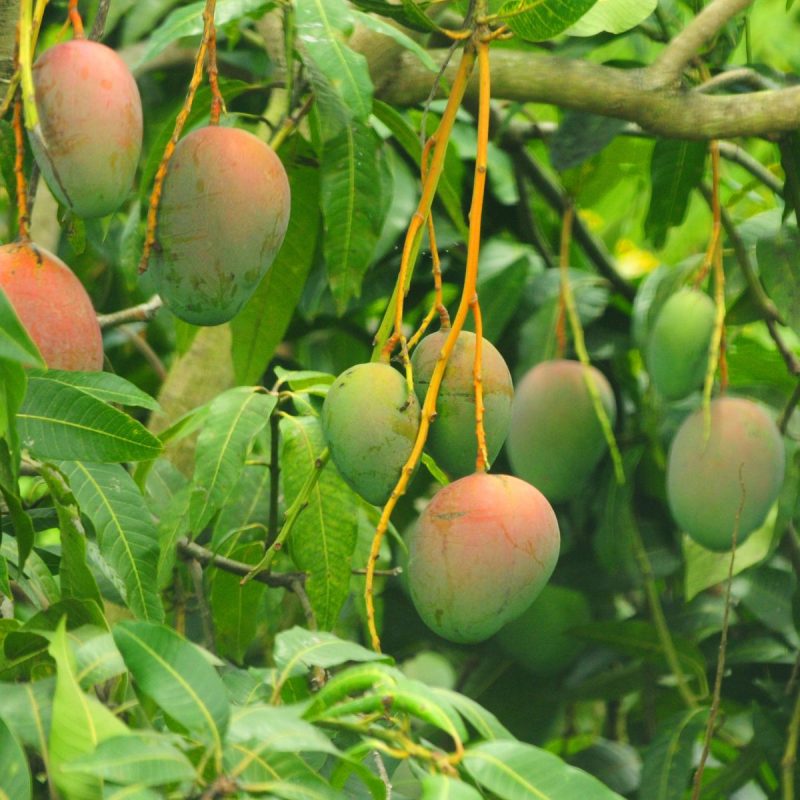
International Flavors in Cayman:
Caymanian cuisine, deeply rooted in tradition, has evolved into a delightful fusion of local and international flavors. As you navigate through the diverse aisles of Hurley’s grocery store in Grand Cayman, you’ll discover an extensive selection of ingredients that cater to a broad spectrum of global cuisines. Let’s unravel the international tapestry that intertwines seamlessly with the traditional culinary landscape of the Cayman Islands.
Asian Influences:
Cayman’s culinary scene is no stranger to the enticing flavors of Asia. Hurley’s grocery store offers a treasure trove of ingredients for those eager to experiment with dishes from the Far East. From soy sauces and rice vinegar to exotic spices and noodles, you can embark on a culinary journey through the vibrant tastes of Asian cuisine right from your Caymanian kitchen.
Mediterranean Flair:
The sun-soaked flavors of the Mediterranean find their way into Caymanian homes through the well-stocked shelves of Hurley’s grocery store. Olive oils, balsamic vinegars, and an assortment of herbs and spices create a Mediterranean oasis, allowing locals and visitors alike to infuse their dishes with the essence of Southern European culinary delights.
Latin American Inspirations:
The vibrant and bold flavors of Latin America have become integral to Cayman’s culinary landscape. Hurley’s grocery store is a haven for those seeking to recreate the zest of Latin American cuisine at home. From authentic salsas and hot sauces to a variety of beans and spices, the store offers the essential ingredients for crafting Latin-inspired dishes.
Middle Eastern Delicacies:
Spices like cumin, coriander, and sumac, along with staples like couscous and tahini, create a Middle Eastern oasis within Hurley’s grocery store. Caymanian kitchens embrace the rich and aromatic flavors of the Middle East, bringing a touch of the exotic to the local culinary scene.
European Indulgences:
For those craving the refined tastes of Europe, Hurley’s grocery store has an array of ingredients to satisfy culinary desires. From French cheeses and Italian pasta to German sausages and British condiments, the store provides the essentials for crafting European-inspired dishes that add a touch of continental elegance to the Caymanian dining experience.
North American Comforts:
Cayman’s embrace of international flavors extends to the comforting tastes of North America. Hurley’s grocery store offers a taste of the United States and Canada with its selection of barbecue sauces, pancake mixes, and a variety of condiments that bring the familiar comfort of North American cuisine to the islands.
Where to Find the Best Food in Cayman:
Lobster Pot Restaurant:
Nestled in the heart of George Town, the Lobster Pot Restaurant is a longstanding culinary gem known for its commitment to showcasing the freshest local ingredients. Renowned for its seafood dishes, including the must-try Cayman-style lobster, this establishment offers an elegant yet laid-back atmosphere, allowing tourists to savor the flavors of the islands in a welcoming setting.

Heritage Kitchen:
Situated on the picturesque Seven Mile Beach, Heritage Kitchen is a charming beachside eatery that exemplifies Caymanian hospitality. Famed for its locally inspired dishes, including conch ceviche and fish tacos, Heritage Kitchen provides tourists with a casual and authentic dining experience, all while enjoying the sand between their toes.
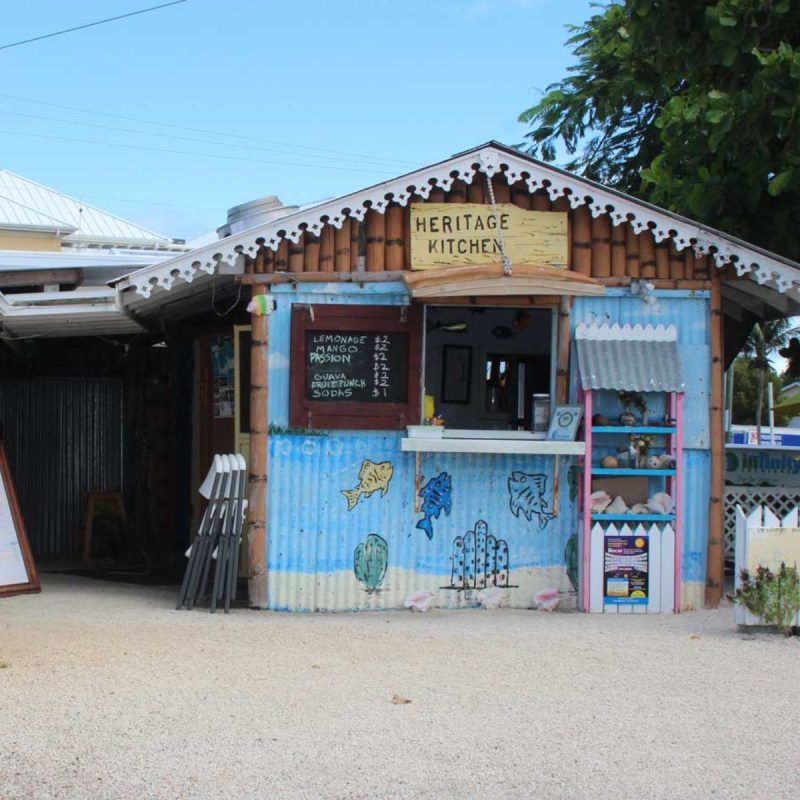
Camana Bay Farmers’ Market:
For a more immersive and interactive culinary experience, tourists should not miss the Camana Bay Farmers’ Market. Held every Wednesday, this market brings together local farmers, artisans, and chefs, providing a diverse array of fresh produce, handmade goods, and ready-to-eat treats. It’s an excellent opportunity for visitors to engage with the local community and sample authentic Caymanian flavors.
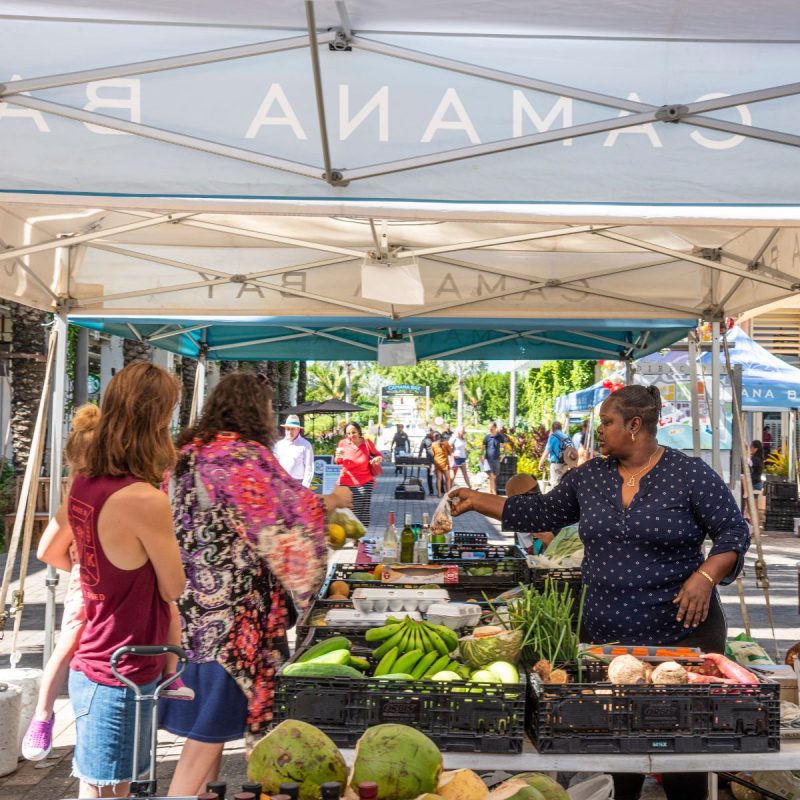
Vivine’s Kitchen:
Nestled in East End, Vivine’s Kitchen is a beloved roadside gem known for its authentic Caymanian dishes. From hearty fish fritters to traditional rundown (a flavorful fish stew), this humble spot offers a true taste of home-cooked island cuisine. The vibrant colors of local ingredients and the welcoming atmosphere make Vivine’s Kitchen a must-visit for those craving an unpretentious culinary experience.

Hurley’s – Bringing the Flavors of Cayman Home:
The Good Eats bar at Hurley’s is a testament to this dedication. Offering pre-prepared meals with local specialties on the menu daily, it provides a quick and delicious way to experience Caymanian flavors without the hassle of cooking. The convenience of the Good Eats bar ensures you can enjoy authentic local dishes even on the busiest days.
Image Hurley’s Eatery
In conclusion, Food in Cayman is a captivating journey through history, tradition, and innovation. Whether you’re enjoying the vibrant street food, savoring local specialties from the Good Eats bar at Hurley’s, or recreating dishes at home with ingredients from their well-stocked shelves, the flavors of Cayman are bound to leave a lasting impression. Embark on this culinary adventure, and let the taste of the Cayman Islands linger on your palate, making every bite a celebration of the vibrant food scene in Cayman. Hurley’s grocery store is your gateway to this gastronomic paradise, ensuring that every ingredient is within your reach.

